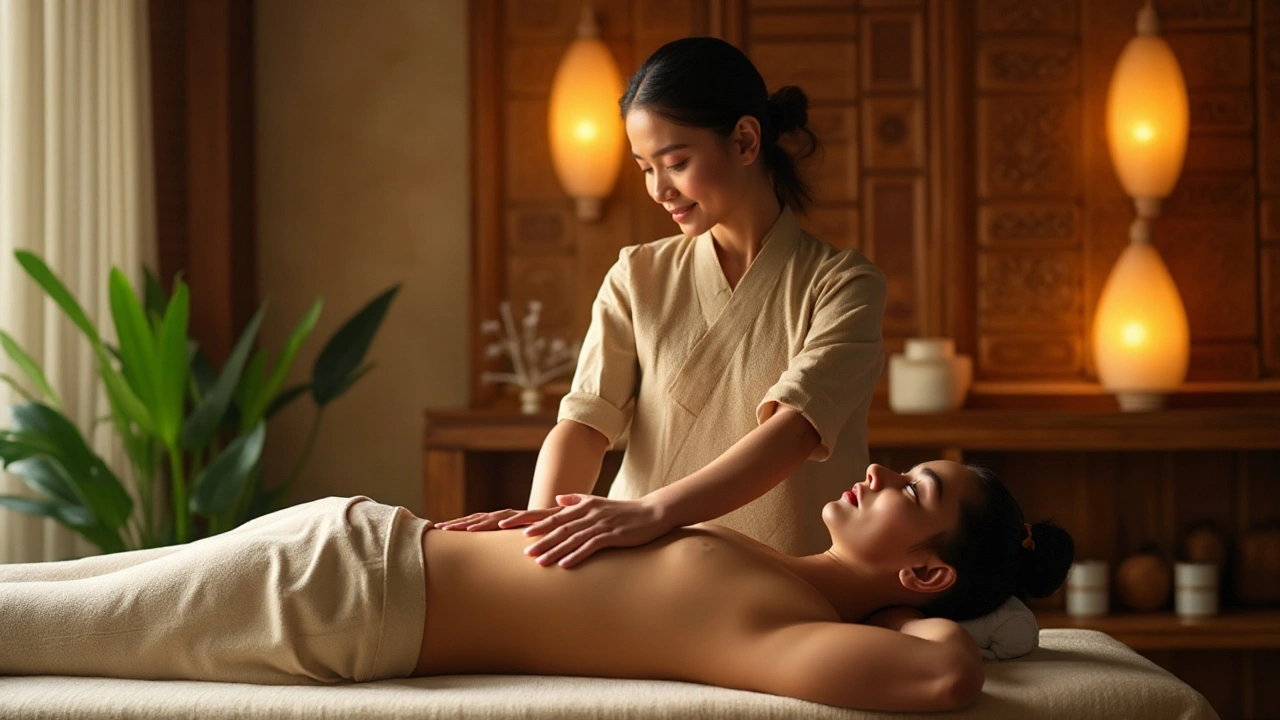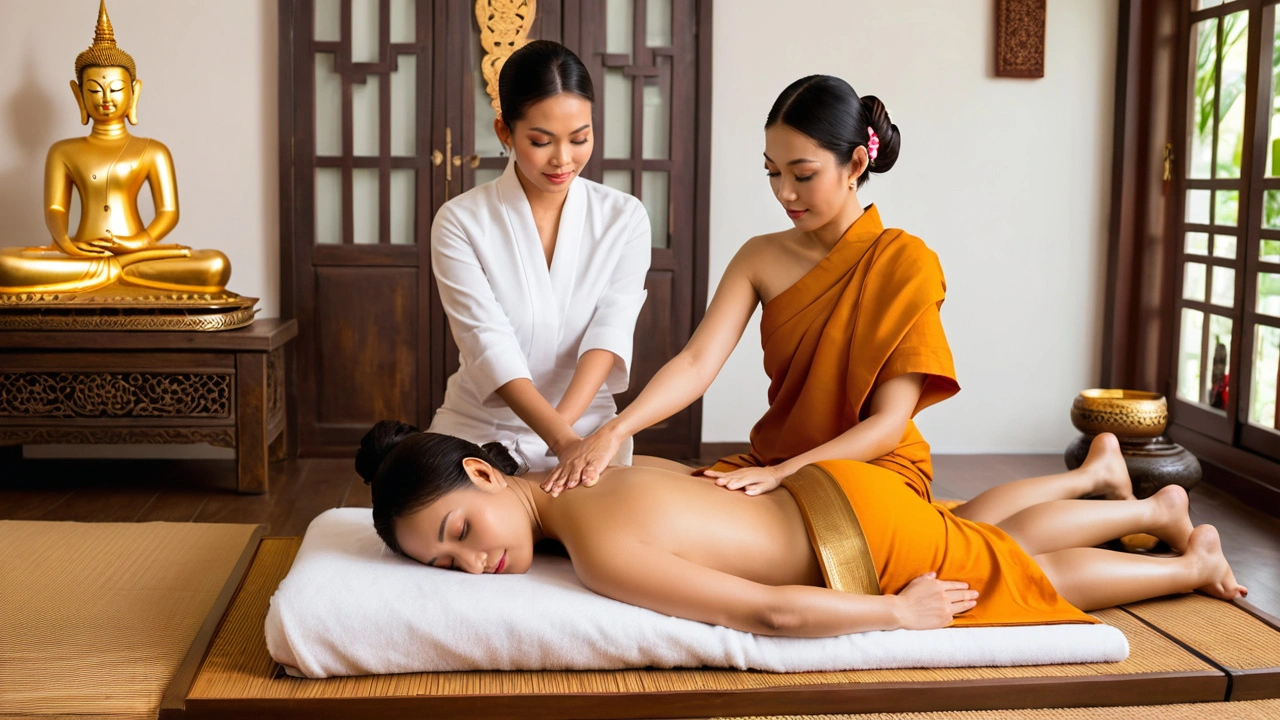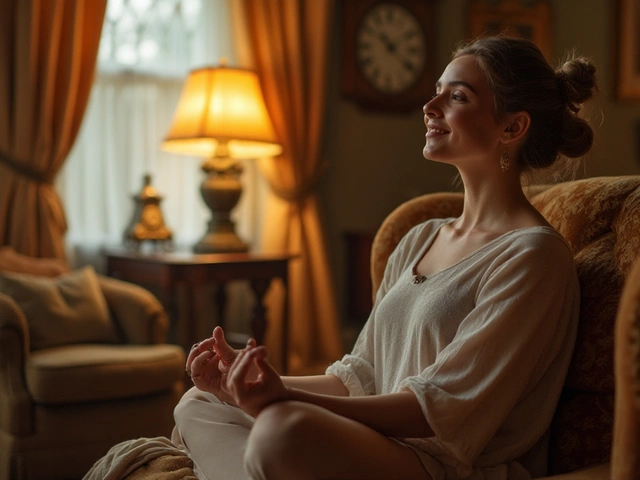Thai Massage: What It Is and How to Use It
Thai massage blends rhythmic pressure, guided stretches, and gentle movement. It’s done on a mat, often with the client wearing loose clothes, and focuses on increasing range of motion, easing muscle tightness, and improving circulation. You can use the same ideas—slow, supported stretches and steady pressure—when caring for your dog, but you must adapt every move to your pet’s comfort and anatomy.
How Thai massage works and what to expect
Think of Thai work as assisted stretching, not deep tissue kneading. A practitioner uses hands, thumbs, forearms, knees, and sometimes feet to move limbs through a careful range of motion. Sessions usually mix light pressure with passive stretches held for a few seconds. For pets, the goal is the same: restore mobility and calm the nervous system, but with much gentler force and shorter holds.
In practice, a short session for a person might include 60–90 minutes. For a dog, start with 5–15 minutes and watch how they respond. If your dog leans in, wags, or relaxes, you’re on the right track. If they flinch, pull away, or show stiffness afterward, stop and try a milder approach next time.
Simple, safe Thai-style moves you can try at home
Start with a calm environment and soft mat. Keep treats handy and move slowly.
- Warm up: 1–2 minutes of gentle stroking from neck to tail to relax muscles.
- Shoulder and forelimb stretch: Support the dog’s paw and gently move the limb forward until you feel a slight resistance. Hold 3–5 seconds, repeat 2–3 times. Never pull or force joints.
- Hip and hindlimb opening: While the dog stands or lies on their side, support the hock and lift the hind leg slightly outward, keeping movement slow. Hold 3–5 seconds, repeat 2 times per leg.
- Spinal flow: With the dog standing, place flat palms on each side of the spine and use gentle lateral rocking, then small forward-backward motions to encourage spinal mobility. Keep pressure light and brief.
- Passive range-of-motion (ROM) for older dogs: Move each joint through its natural path—ankle, knee, hip—holding for 2–4 seconds. Stop if you feel sharp catches or pain.
Keep sessions short at first and build up to longer work only if your dog clearly enjoys it. Always reward calm behavior after the session with a treat or quiet praise.
When not to use Thai-style stretching: skip massage if your dog has recent fractures, open wounds, fever, severe arthritis flare, or uncontrolled heart disease. If in doubt, get a vet clearance first. For chronic issues, consult a certified canine massage therapist or veterinary rehabilitation professional.
Want more? Read related guides on sports massage, neuromuscular techniques, or Ayurvedic massage to compare methods and find what fits your dog best. Start slow, watch their signals, and use these gentle Thai-inspired moves to help your dog move easier and feel calmer.

Discover the Healing Art of Thai Massage: Beyond Spa Luxuries
Thai massage is often seen as just another spa luxury, but it’s rooted in centuries-old healing traditions. This article explores the true essence of Thai massage, its health benefits, key techniques, and why it's much more than a relaxing treatment. Learn about its unique blend of acupressure, yoga, and Ayurvedic principles.

Discover the Benefits of Thai Massage for Enhanced Wellbeing
Explore the profound benefits of Thai massage for both physical and mental wellbeing. This article delves into the art of Thai massage, its historical roots, therapeutic effects, and how it can enhance your overall health. Learn interesting facts and practical tips to make the most of this ancient practice.

Ancient Thai Bodywork: A Timeless Healing Art
Thai bodywork, a form of traditional therapy, has long been revered for its healing benefits. Combining acupressure, yoga-like stretching, and deep massages, it stands out as a holistic approach to wellness. This article delves into its history, techniques, benefits, and practical tips for those considering trying or learning this ancient art.

Creative Arts Therapies: A Pathway to Happiness
Feb, 26 2025

The Wonders of Gua Sha: A Comprehensive Guide
Aug, 8 2023


